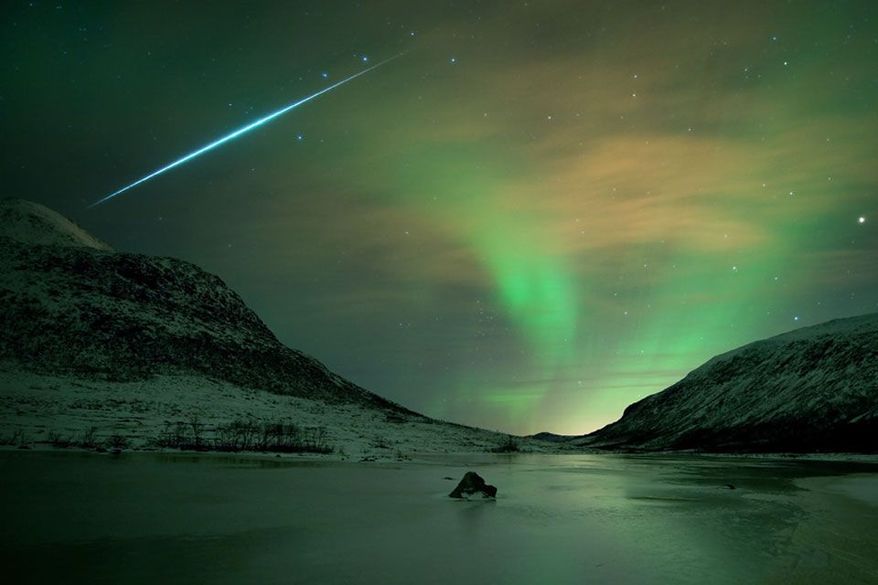The Geminid meteor shower peaks on the night of December 13 through the morning of December 14. Geminid rates can get as high as 100 per hour, with many fireballs visible in the night sky. Best viewing is just before dawn.
NASA Tweet Chat: Observe the Geminid Meteor Shower
On the night of December 13, astronomer Bill Cooke from the Meteoroid Environment Office at NASA’s Marshall Space Flight Center will answer questions about the Geminid meteor shower via a live tweet chat. To ask questions, simply use the #askNASA or @NASA_Marshall. Cooke, Rhiannon Blaauw and Danielle Moser will be available to answer questions between the hours of 10 p.m. CST, beginning the evening of December 13, until 2 a.m. December 14 CST.
How to View the Geminid meteor shower
The best opportunity to see the Geminid Meteor shower is during the dark pre-dawn hours of December 14.
For optimal viewing find an open sky – because Geminid meteors come across the sky from many all directions.
Lie on the ground and look straight up into the dark sky. Again, it is important to be far away from artificial lights. Remember, your eyes can take up to thirty minutes to adjust to the darkness, so allow plenty of time for your eyes to adjust
About the Geminids
Geminids are pieces of debris from an object called 3200 Phaethon. Long thought to be an asteroid, Phaethon is now classified as an extinct comet. Basically it is the rocky skeleton of a comet that lost its ice after too many close encounters with the sun. Earth runs into a stream of debris from 3200 Phaethon every year in mid-December, causing meteors to fly from the constellation Gemini. When the Geminids first appeared in the early 19th century, shortly before the U.S. Civil War, the shower was weak and attracted little attention. There was no hint that it would ever become a major display.



Thank you for showing this to us all. I hope it’s a spectacle to see.
That’s cool i’ll love to see it i hope i don’t miss it .,… it’s not nothing dangers right
Can I see it in Egypt ?
#NASASocialThankThe
#Geminids There are various meteor shower, how do you distinguish it?
I watched last night. I had a nice campfire and I watched for approx 3 hours. it was so awesome. tonight is cloudy and drizzling rain so we will see.
I have a picture with similar flashes, how can I find out what it is I’m looking at?
Just wondering if you have any viewing information for Melbourne Australia please?
Will the meteors still be visible on the night of December 14/15 in Hawaii?